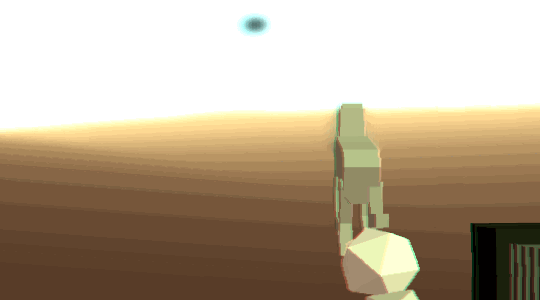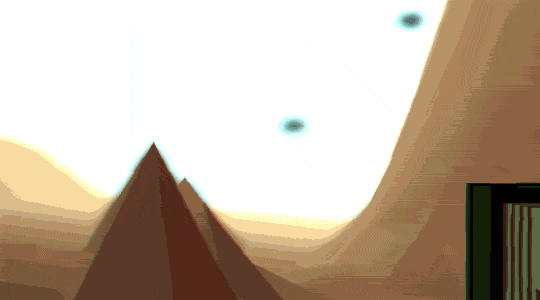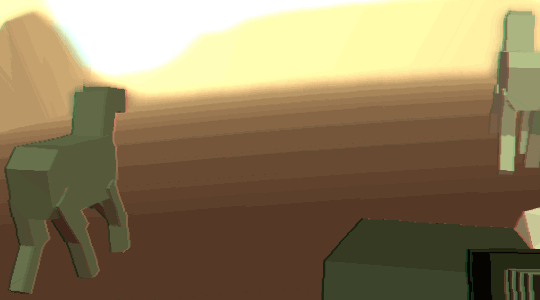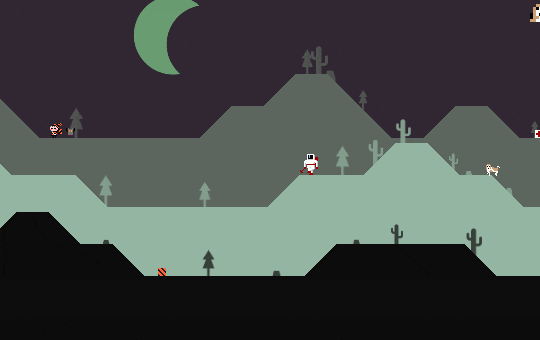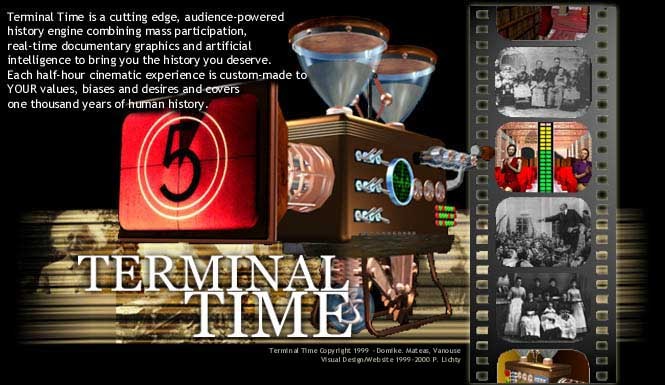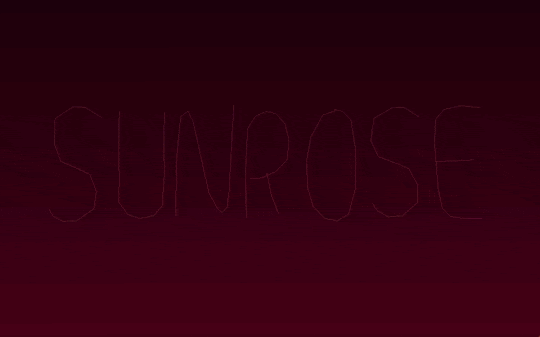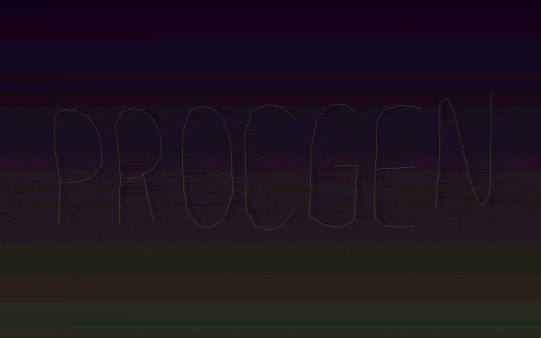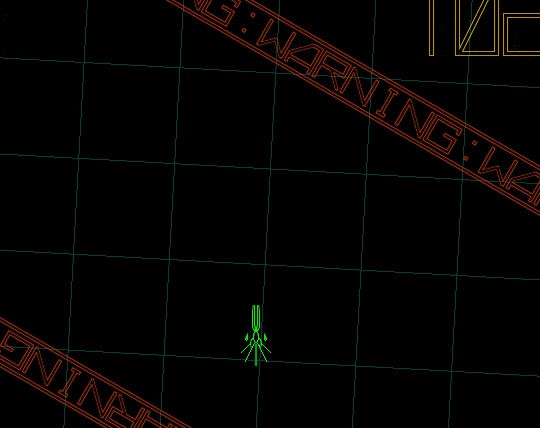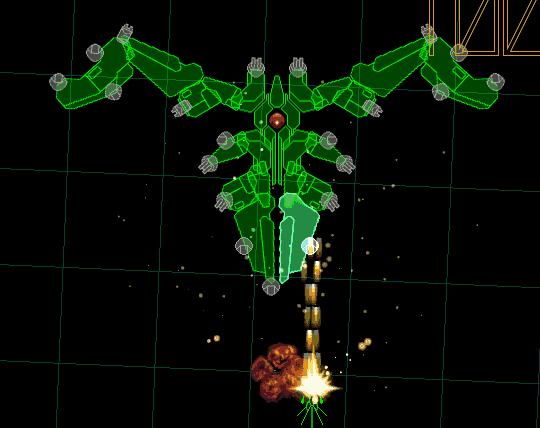
There are a lot of Twitter and Tumblr accounts that are mostly forms of curation: finding a specific kind of content and introducing it to a new audience or giving it context. (This blog falls in that category.) But curation bots take it a step further and automate the process.
Created by Alfonz M, The LDJAM Bot grabs a random game from the database of Ludum Dare games and posts about it.
This is a great way to spread attention to games that might have been overlooking in the flood of games that comes from each jam.
The internet created a cultural shift from gatekeepers deciding what content could afford to be published to a democratization of publication, but it brought with it a whole new discovery problem, where there simply too much to discover everything and the new struggle is in the finding. Instead of taste-anticipating algorithms like Amazon or Google use, bots like these are taste-expanding, exposing people to new things that a human curator might not have discovered on their own.


